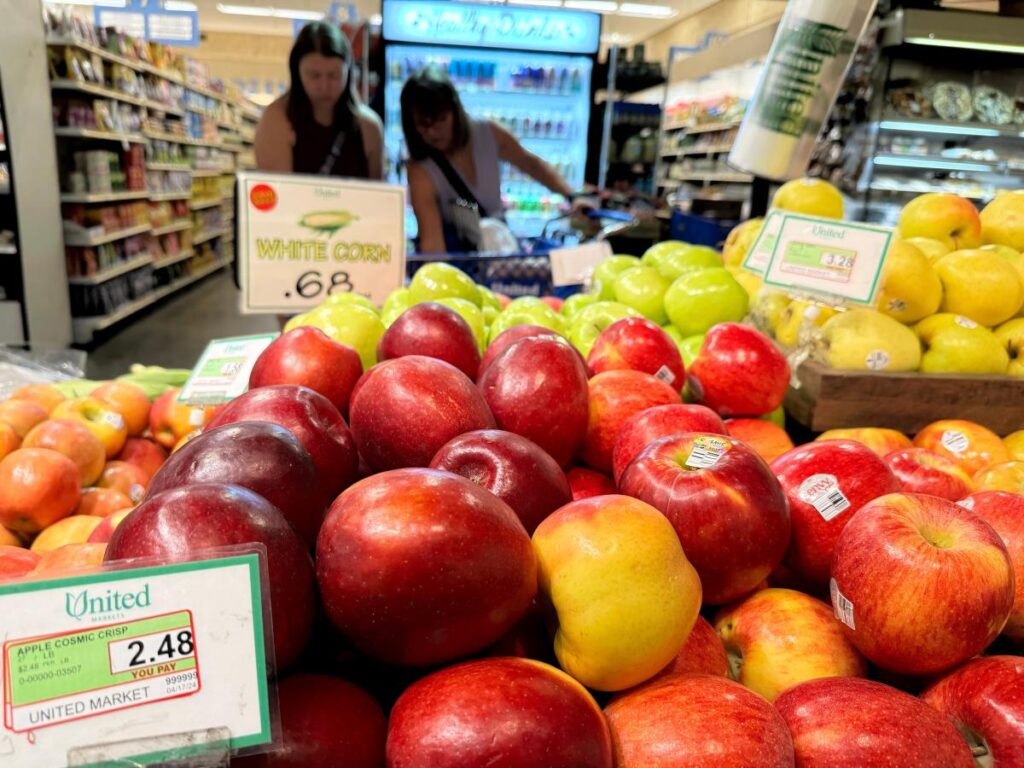The lowest-income households have experienced the highest level of inflation in recent years.
Lower-income people spend much of their income on items like food and housing, for which costs have spiked.
Moderating rental rates and steady wage growth could help these households feel relief.
Rising prices across the US economy have impacted every American over the past few years, but the lowest-income households have faced the greatest burden.
The dynamic is reflected in the chart below, which shows low-income inflation increases outpacing those for the other four quintiles since 2006, and over a nearer-term timeframe.
From the end of 2005 through June 2024 — the latest available data — the lowest-income cohort saw prices increase 64%, outpacing the roughly 57% seen by the highest-earning Americans, according to Bureau of Labor Statistics data. The same discrepancy exists on a nearer-term basis, with low-income inflation growth exceeding that of top earners by nearly two percentage points since 2020.
This is largely explained by the fact that lower-income people spend the highest percentage of their earnings on consumer goods that have seen some of the biggest price increases over time, most notably food and housing.
«Lower-income households spend more of their money on necessities, so if categories like food, housing, and utilities are experiencing faster price growth, these households will be hardest hit,» Elizabeth Renter, senior economist at NerdWallet, told Business Insider.
One economist says lower-income Americans could struggle to see relief due to a lack of spending-habit flexibility.
Jeff Horwich, senior economics writer for the Minneapolis Fed, said lower-income individuals are more hamstrung in their ability to pivot to lower-priced goods. While higher-income people might shop more at a dollar store when prices rise, their lower-income counterparts who already frequent these stores have limited alternatives.
«When times get tight, they have less wiggle room to change their spending,» Horwich said of lower-income individuals.
Persistently high food prices also present a continued headwind. They’re expected to keep rising, albeit at a slower rate than they did last year, according to Department of Agriculture data from December.
Another issue facing lower-income people is the Trump administration’s plans to implement widespread tariffs on many or all imported goods. Renter said any related price increases could have the biggest impact on the lowest-income Americans, although she’s skeptical that Trump will be as aggressive as some expect.
Story Continues


